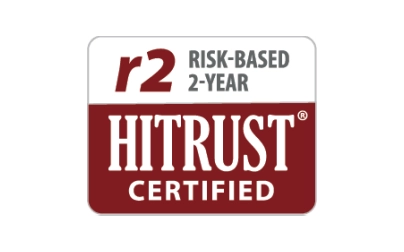Patients are ultimately consumers of health-related information and care. And in today’s world of growing expectations, they want easier and quicker access to that care and information—on their terms.
That means they want a resolution of their questions or needs the first time they interact with your organization. And they want to be able to access what they need on-demand—whether that’s 5:30 p.m. on a Wednesday or 1 a.m. on a Sunday night.
And that’s also why providers and other types of healthcare organizations are having to rethink not only their service availability but also how patients navigate through initial contact with clinics and the resulting patient experience.
At Carenet Health, we often talk with our clients about a unified and optimized patient service center approach. Here are a few of the factors we urge them to consider:
What is a premier patient experience?
Walk through a typical patient’s interaction with your organization. Pinpoint what happens at each connection and what the possible outcomes for the patient might be. For example, will they be directed to a different phone number or access point after initial contact? Does someone—a nurse or physician or referral department, perhaps—often have to call patients back? Then, point-by-point, consider how all of those interactions could be made easier for the best possible patient experience. What would the perfect scenario look like? Check out this case study for some ideas.
What are the top-priority objectives for your different types of staff members?
For physicians, that might be to improve the health of all patients. For front-desk staff, it might be to ensure the office runs smoothly in a way that benefits patients and clinical staff. Be precise; vocational nurses might have different goals than registered nurses on the team. Then consider which tasks those team members are doing every day that don’t help them achieve their priority objectives. Those may be responsibilities you can outsource and/or move to a centralized patient service center.
What types of services would a concierge-level experience address?
Brainstorm the ways you could add value to your patients. How can you make their healthcare system interactions more helpful and convenient, and reduce patient effort? What areas do your typical patients need help with? Transportation scheduling? Care navigation and coordination? Medical records requests? Care obstacles? This list could help you frame a new kind of service approach.
How can you approach patient engagement, virtual care and navigation as a consolidated approach?
We often find that our clients think of these concepts as separate entities. Yet they exist in the same ecosystem and are closely related in terms of patient value and access—and even have similar best practices. We encourage our clients to think about how the strategies that work in one area (like virtual care) can be adapted for patient engagement, and so on. This trend brief offers some ideas.
How can you better leverage your patient data?
Personalization, driven by patient data, is the path forward for patient-centered care. But is that data available at all patient access points? Can the electronic health record (EHR) be better integrated for streamlined and more relevant patient interactions?
Seeing additional benefits materialize
Answering the above questions can help our clients understand the potential pitfalls of their current patient access and navigation journey and see the benefits of a streamlined and optimized-for-the-patient model.
Some of the benefits they may not have thought about earlier often emerge during the process, such as:
- Minimizing burnout and reducing workday clinical interruptions
- Removing the burden of managing an internal contact center, on-call scheduling and multiple vendors
- Impacting quality measures, plus consumer reviews and ratings—which equal revenue
- Offering the ability to grow, innovate and scale as needs evolve
- Ensuring an enterprise-wide strategy that drives efficiencies and best-practice consistency across every clinic and patient touchpoint
- Reducing clinical liability, such as that which can occur when staff members answer questions or give guidance that is above their license
- Providing the most convenient and efficient patient experience
- Increasing patient satisfaction and loyalty in new ways
Want to learn more?
At Carenet Health, our streamlined, 24/7 care and information access model is transforming the patient experience using resource tiers and seamless navigation. Download our information sheet for details. Or contact us today for a conversation.
Did you know?
More thought leadership content is always available on our easily searchable industry Resource Center.


